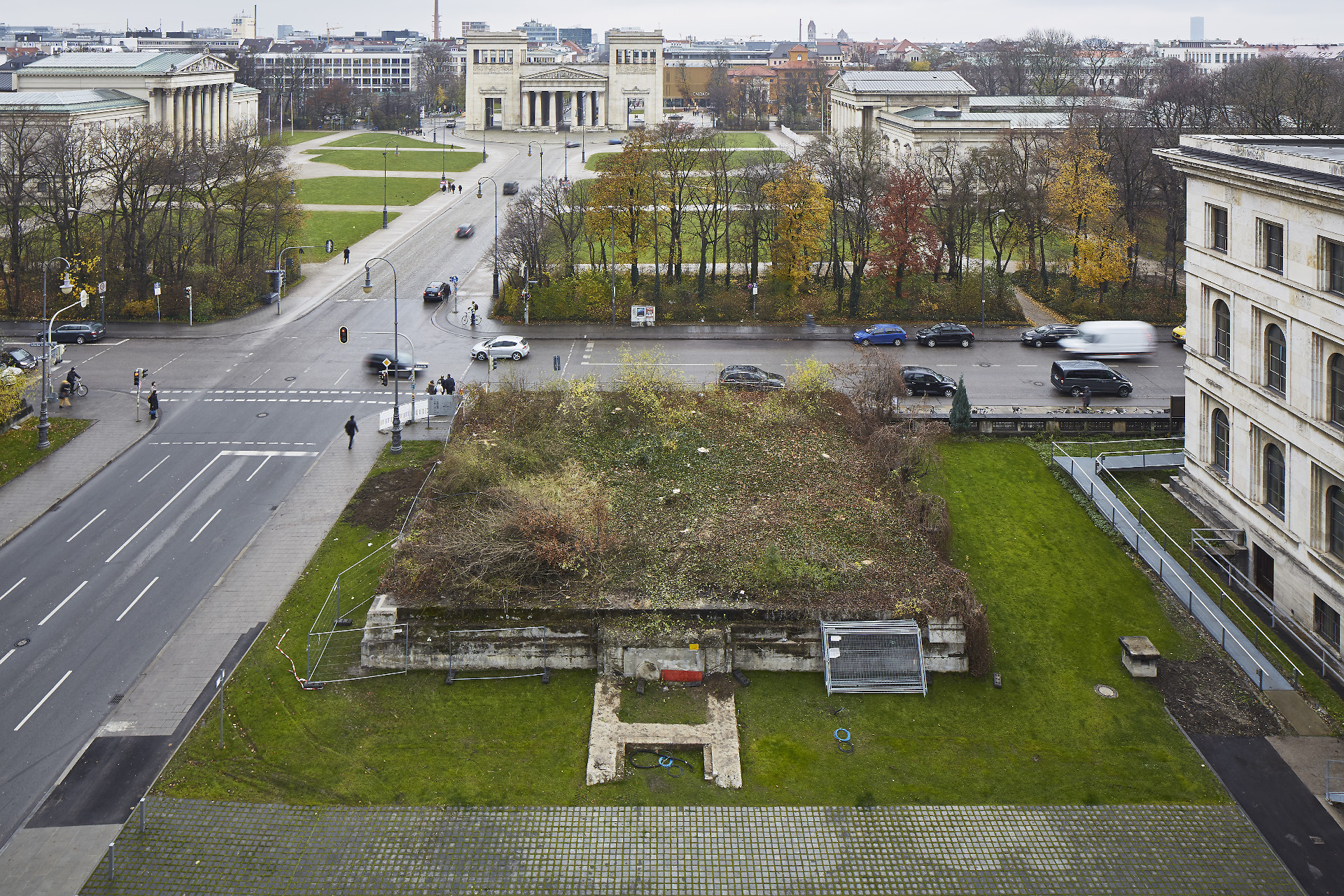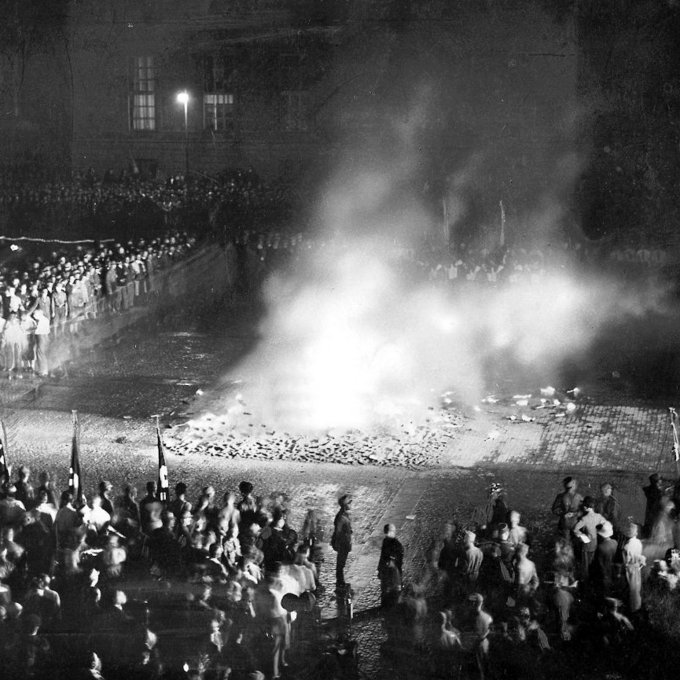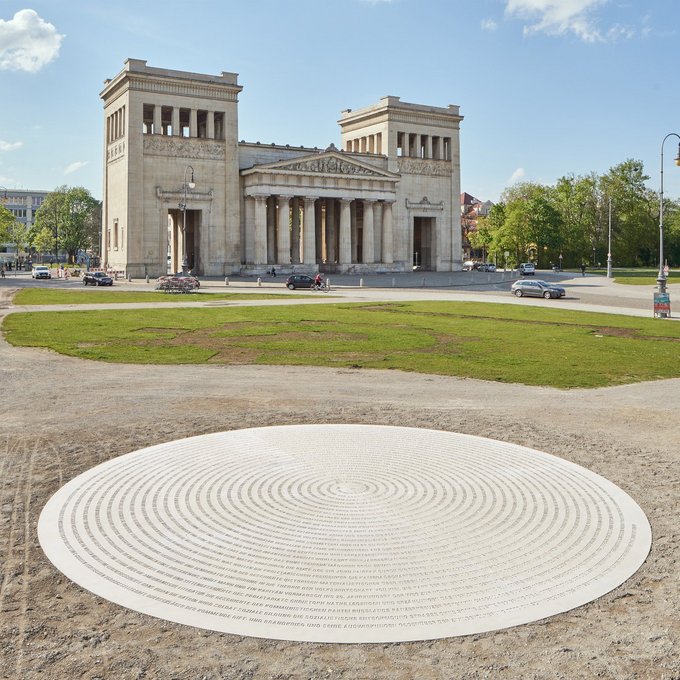New architecture and uses in the Nazi era
Königsplatz had always served as a venue for public events and political gatherings. As Munich grew rapidly in the early twentieth century, several proposals were made to redesign the square. But it was the Nazis who radically changed its character and significance.
In 1930 the National Socialist German Workers’ Party (NSDAP) purchased Palais Barlow in Brienner Straße with the support of various figures from Munich’s high society. This building, which later became known as the “Brown House,” served as the Party’s headquarters. Its location, directly adjacent to the monumental Königsplatz, visibly highlighted the rise of a party that only a few years previously had been insignificant and even banned for a time.
Shortly after his appointment as Reich Chancellor in 1933, Adolf Hitler commissioned his favorite architect, Paul Ludwig Troost, to redesign the square and to erect new Party buildings on its eastern side. This was Hitler’s first monumental building project and with it he demonstrated the new regime’s power and ambitions from its Munich base. But even before construction had properly begun, Königsplatz became the scene of public burnings of books defamed as “un-German” by Nazi and other right-wing extremist students. This was part of a nationwide book-burning campaign conducted in the German Reich in 1933.










